Be on the lookout for fungus affecting native azaleas in Georgia
Dr. Marin Brewer at the University of Georgia is working on a fungus that affects Rhododendron canescens, which is commonly known as Piedmont Azalea, Pinxter Azalea, Wild Azalea, Sweet Mountain Azalea, or Wild Honeysuckle. The fungus, known as Exobasidium, forms a flower-shaped gall from the leaves of the azalea. The galls emerge in April and last into the summer.
If you see these flower-shaped galls on azalea in Georgia or have seen them in previous years please contact Dr. Marin Brewer at mtbrewer@uga.edu. We would like to collect them fresh and record their locations. They have been previously spotted in Florida and Alabama.
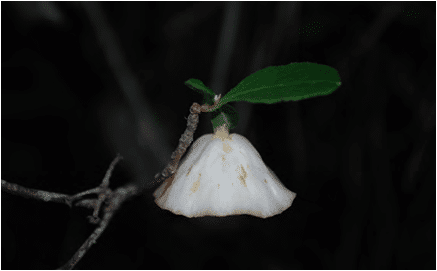
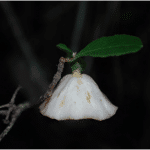
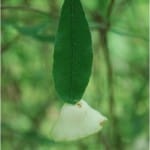
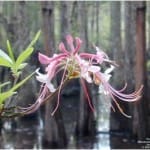
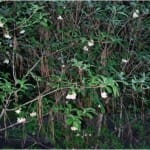
I live in Columbus, GA. We have this fungus on our wild azaleas. White and looks like a mushroom or cauliflower. How do we get rid of this?
Your problem sounds like it’s likely to be azalea leaf gall. We need more information to determine. Photos of the fungus and its location on the plant are great. Is it on the leaves/stem/roots or next to the plant on the litter. You should contact your local County Extension Agriculture & Natural Resource agent. They are the best person to help you diagnose the problem and treat it while causing minimal damage to your environment.
Since you live in Columbus your agent is Anne Randle. You couldn’t ask for a better agent. You can contact her via the county office website or her Twitter account.
You will probably need to pick the galls by hand and destroy them before they appear white. There are some fungicides which might work, but they’re restricted to my knowledge and will not cure the disease. Are you a commercial applicator? If so make certain you refer to the appropriate pest management guidelines.
Your plants will be less likely to become infected if you’re growing them in well-aerated soils.
We live in Tennessee and just found this fungus on some wild azalea. We found 6 plants affected. Do we need to do anything or just report?